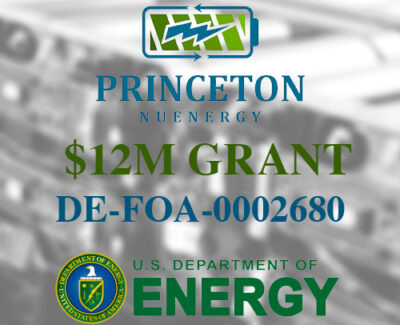Science Direct
Flame propagation enhancement by plasma excitation of oxygen. Part II: Effects of O2(a1Δg)
Timothy Ombrello, Sang Hee Won, YiguangJu, Skip Williams
Published 10 March 2010
The isolated effect of O2(a1Δg) on the propagation of C2H4 lifted flames was studied at reduced pressures (3.61 kPa and 6.73 kPa). The O2(a1Δg) was produced in a microwave discharge plasma and was isolated from O and O3 by NO addition to the plasma afterglow in a flow residence time on the order of 1 s. The concentrations of O2(a1Δg) and O3 were measured quantitatively through absorption by sensitive off-axis integrated-cavity-output spectroscopy and one-pass line-of-sight absorption, respectively. Under these conditions, it was found that O2(a1Δg) enhanced the propagation speed of C2H4 lifted flames. Comparison with the results of enhancement by O3 found in part I of this investigation provided an estimation of 2–3% of flame speed enhancement for 5500 ppm of O2(a1Δg) addition from the plasma. Numerical simulation results using the current kinetic model of O2(a1Δg) over-predicts the flame propagation enhancement found in the experiments. However, the inclusion of collisional quenching rate estimations of O2(a1Δg) by C2H4 mitigated the over-prediction. The present isolated experimental results of the enhancement of a hydrocarbon fueled flame by O2(a1Δg), along with kinetic modeling results suggest that further studies of CnHm + O2(a1Δg) collisional and reactive quenching are required in order to correctly predict combustion enhancement by O2(a1Δg). The present experimental results will have a direct impact on the development of elementary reaction rates with O2(a1Δg) at flame conditions to establish detailed plasma–flame kinetic mechanisms.




